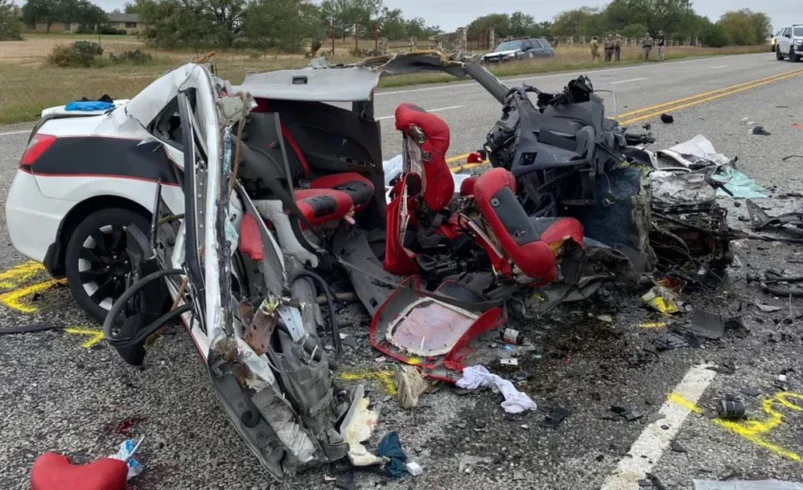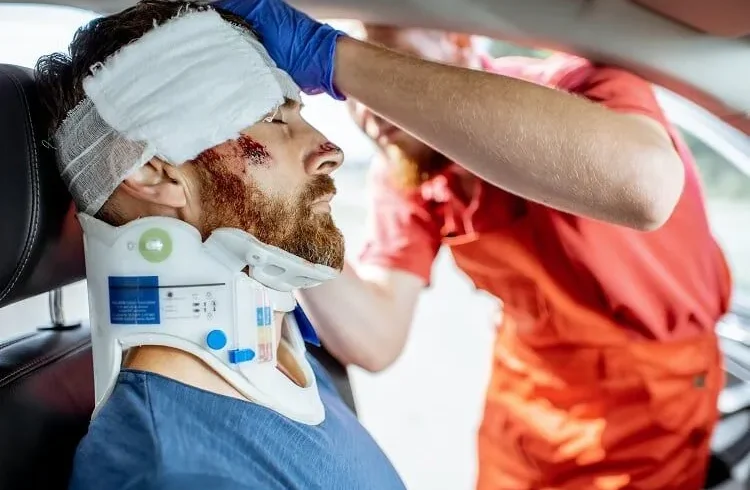How to Prove Negligence in a Fatal Car Accident Case in Texas

Losing a loved one in a car accident is devastating. When negligence is involved, it adds anger and confusion. In Texas, proving negligence in a fatal car accident is crucial for justice and closure. You must understand the legal steps and gather the right evidence. Start by identifying the four elements of negligence: duty, breach, causation, and damages. Each element plays a key role in your case. You need to show that the responsible party owed a duty of care to your loved one and that they breached this duty. This breach must have directly caused the accident and resulted in damages. Gathering evidence like police reports, witness statements, and photos helps. Consulting a Houston wrongful death attorney is essential. They guide you through this complex process, ensuring that you have the support and expertise needed. Addressing these legal elements leads to accountability and justice for your loved one.
Understanding Duty of Care
Duty of care establishes that drivers must act responsibly to prevent harm to others. In Texas, this extends to obeying traffic laws and paying attention to road conditions. This duty is the foundation of your claim. To prove it, you must establish that the driver at fault had a responsibility to drive safely. Evidence like driving records and expert testimony can support this.
Breach of Duty
Once duty is established, the next step is proving a breach. This means showing that the driver didn’t meet their responsibility to drive safely. Speeding, distracted driving, or violating traffic laws can all serve as evidence of a breach. You can often find these details in police reports or traffic camera footage.
Causation and Connection
Causation links the breach of duty directly to the accident. You need to prove that the driver’s actions were the primary cause of the fatal accident. This is often the most challenging element. Eyewitness accounts and accident reconstruction experts can be crucial here. They help show the link between the breach and the tragic outcome.
Demonstrating Damages
Finally, you must prove damages. This includes the loss of life and any related expenses like medical bills or funeral costs. Documenting these costs thoroughly strengthens your case. Collecting bills, invoices, and even testimonies from family members can provide the necessary evidence.
Table: Elements of Negligence in a Car Accident Case
| Element | Description |
|---|---|
| Duty | Driver’s responsibility to act safely and prevent harm |
| Breach | Failure to meet the duty of care |
| Causation | Link between breach and the accident |
| Damages | Proof of loss and related costs |
Gathering the Right Evidence
Collecting proper evidence is crucial in proving negligence. Begin with police reports as they provide objective details about the accident. Witness statements add personal accounts of the incident. Photographs from the scene offer visual context. Each piece of evidence plays a role in proving the elements of negligence.
Legal Guidance and Support
Partnering with a knowledgeable attorney is crucial. A licensed Texas attorney understands state laws and procedures. They help streamline the process and manage the complexities involved. Their expertise is vital in gathering evidence, interviewing witnesses, and negotiating settlements.
Navigating Texas Laws
Texas laws can be complex and vary by case. Understanding these laws is critical to your claim. For instance, Texas follows a modified comparative negligence rule. This means if your loved one is partly at fault, it can affect the outcome. Knowing how these laws apply to your case helps set realistic expectations.
Conclusion
Proving negligence in a fatal car accident case is challenging. Understanding the legal elements and gathering the right evidence are crucial steps. Consulting a Houston wrongful death attorney provides the support and guidance needed. They ensure you navigate the legal system effectively and achieve justice for your loved one. Take action by collecting evidence and understanding your rights. Doing this honors your loved one’s memory and holds the responsible party accountable.



